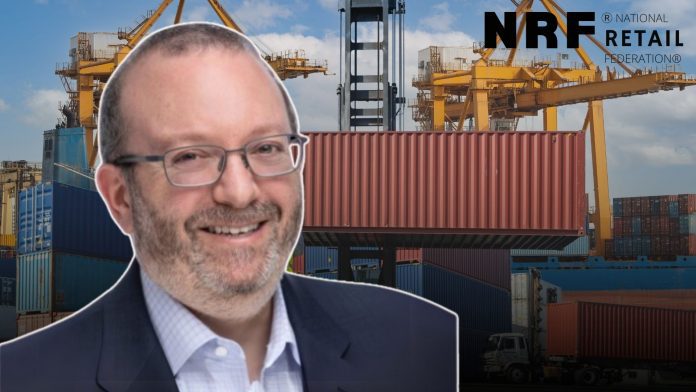The U.S. ports are poised for a record-breaking month in November and December as inbound cargo traffic accelerates, according to the National Retail Federation (NRF). Retailers have been front-loading their holiday season inventory in response to a shortened holiday season and ongoing global shipping bottlenecks. However, the prospect of a mid-January port strike and the potential for tariff increases under President-elect Donald Trump has further prompted major importers to expedite their purchases.
“The window to front-load goods on vessels arriving before a potential strike is quickly closing,” said Jonathan Gold, Vice President for Supply Chain and Customs Policy at NRF. “Then there are concerns about President-elect Trump’s promises to increase tariffs.”
The issue of labor unrest at U.S. ports has been a growing concern. The International Longshoremen’s Association (ILA) union and the U.S. Maritime Alliance (USMX), which represents port employers, were at an impasse in November, following a temporary suspension of a planned strike in October. If unresolved, a strike could disrupt port activity from Maine to Texas once the current contract expires on Jan. 15.
This is not the first time labor unrest has impacted port activity—October’s three-day strike at East Coast and Gulf Coast ports was the first large-scale strike in nearly 50 years. The strike prompted a rush of imports into the U.S. in the summer months, as retailers scrambled to secure goods before the labor disruption.
Concerns about President-elect Trump’s proposed tariffs are complicating the uncertainty in the supply chain. His plans, which include a 10% to 20% tariff on all imports and potentially a 60% or more tariff on goods from China, have created anxiety within the retail sector. NRF noted that more than 200 companies in the S&P 1500 Index raised concerns about tariffs during conference calls or investor events between September and mid-November.
The prospect of tariffs extending to goods from Canada and Mexico adds another layer of complexity. Trump has suggested a 25% tariff on imports from Canada and Mexico, along with a further 10% tariff on Chinese goods, unless the countries take stronger action to combat illegal immigration and the flow of fentanyl into the U.S.
As a result of these pressures, U.S. port activity is expected to hit new records. The NRF forecasts that container volumes at U.S. ports will reach 2.17 million 20-foot equivalent units (TEUs) in November, a 14.4% increase from the previous year. December volumes are projected to hit a record 2.14 million TEUs, reflecting a 14% year-over-year increase.
The significant spike in container traffic is a clear sign of how importers are adjusting to the looming uncertainties. As retailers actively work to maintain adequate inventory, U.S. ports are gearing up to manage record volumes during the crucial final months of the year.
Economic Impact of Potential Tariffs
Moreover, the NRF warned that the proposed tariffs could have severe economic implications for U.S. consumers. A previous NRF study estimated that implementing proposed tariffs on all imports could cost U.S. shoppers as much as $78 billion in annual spending power. This would significantly affect consumer purchasing decisions, particularly during the holiday shopping season.
With major retailers such as Walmart, Target, and Lowe’s among NRF’s members, the organization continues to closely monitor the situation as it evolves. As the holiday season approaches, the combination of potential labor disruptions, tariff uncertainty, and supply chain bottlenecks presents significant challenges for the retail and automotive sectors alike.



